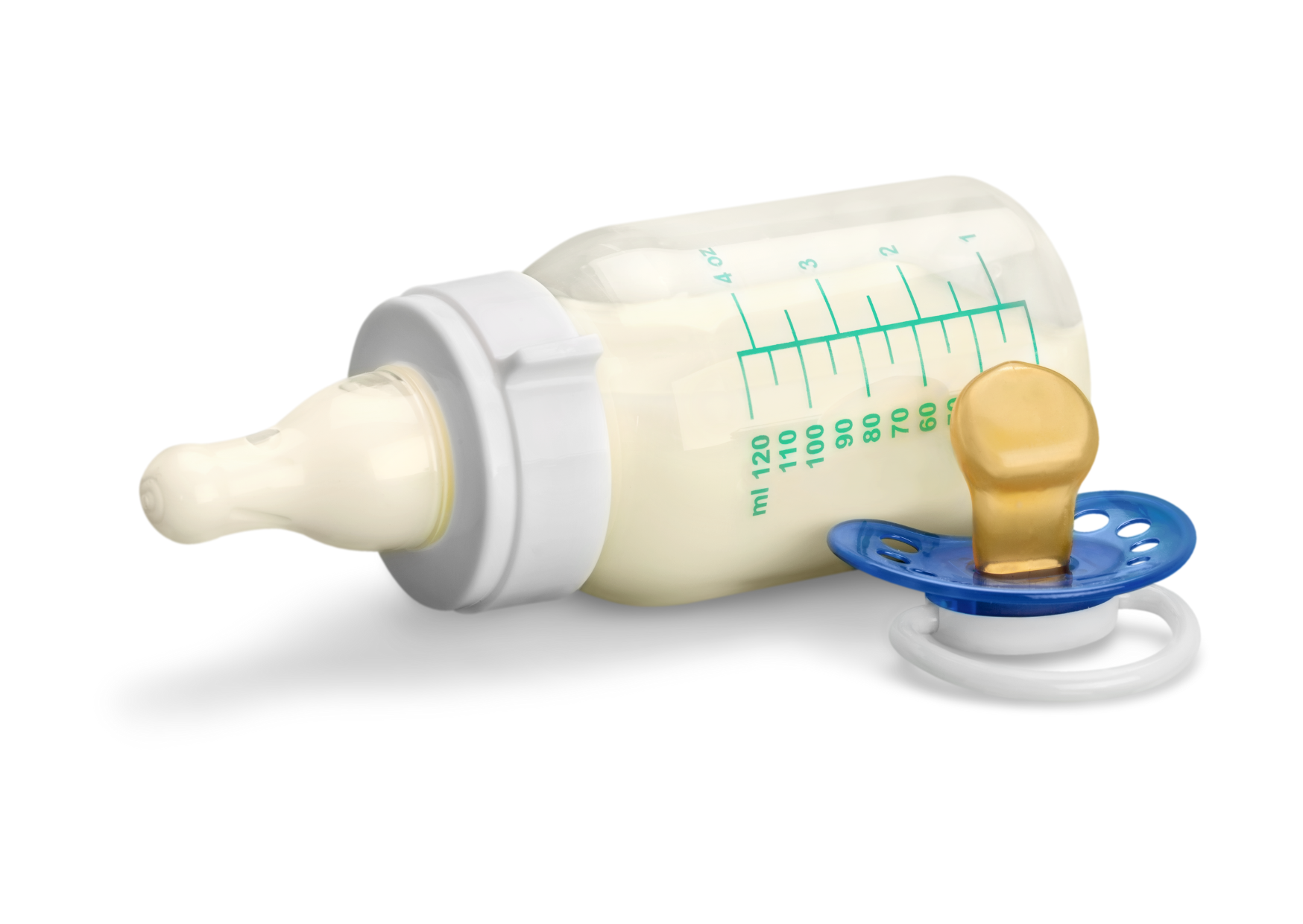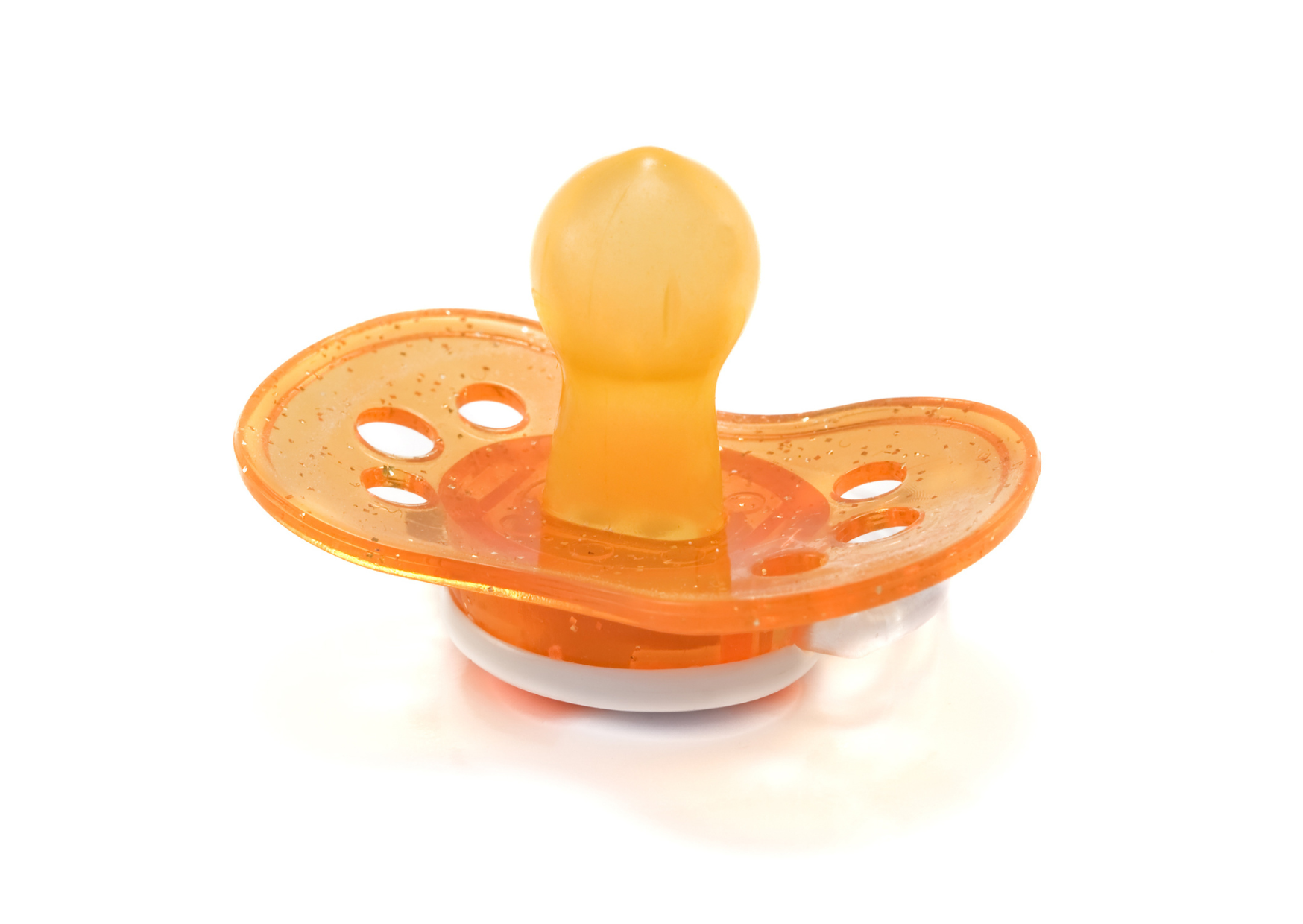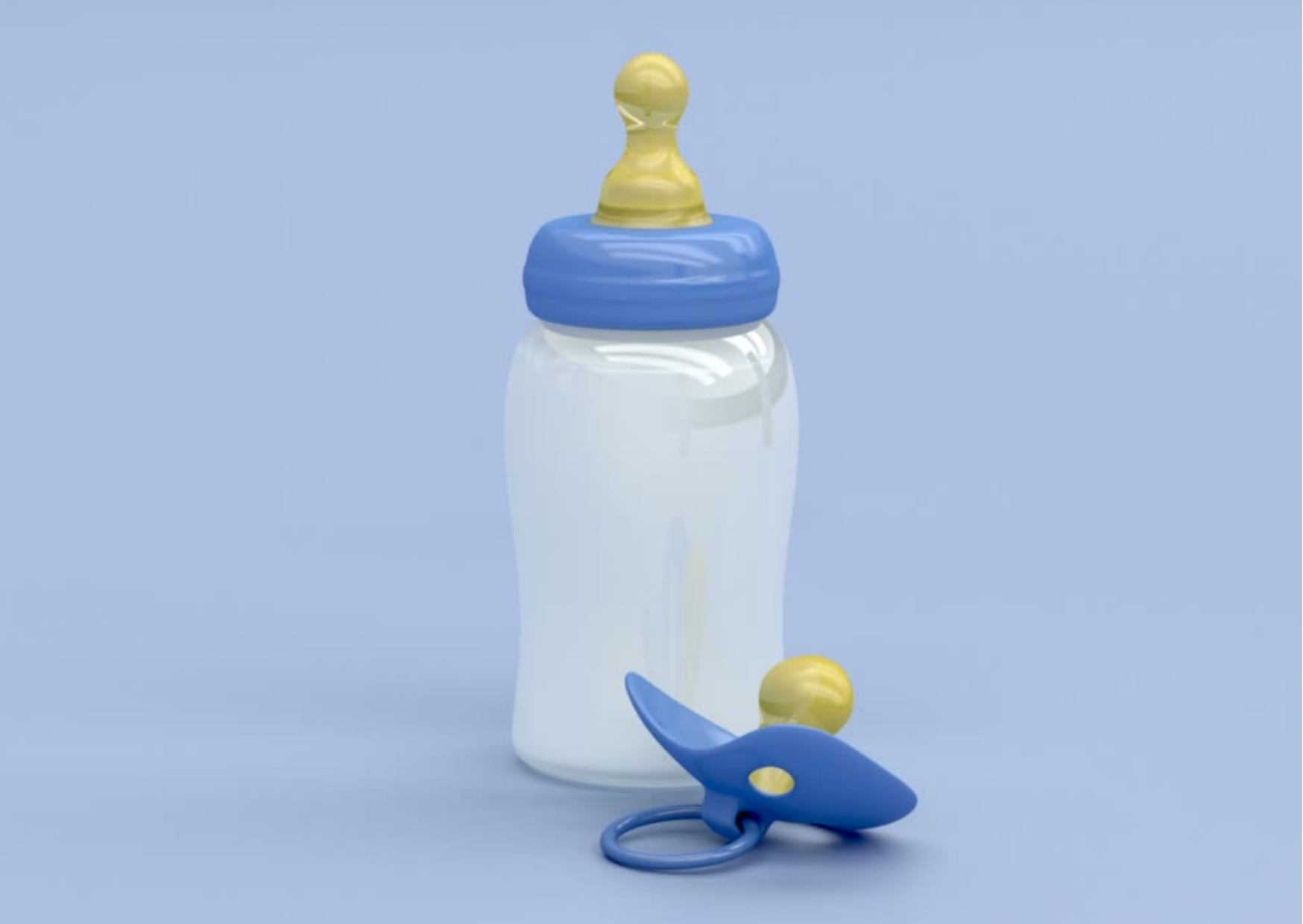Keeping your baby’s bottles and pacifiers clean is essential for their health if you’re a new parent. Germs can grow very quickly on these items, so sanitizing them often is important. This blog post will teach you how to sanitize baby bottles and pacifiers in the safest and most effective way possible!
What Are Baby Bottles?

Baby bottles are small infant feeding items typically made of hard plastic bottles or glass. Designed to hold liquid infant formula or breast milk, these small containers have a nipple on one end and a screw-top lid on the other.
Baby bottles are an important tool for parents who want to feed their infants outside of the home, as they make it easy to give babies the nutrition and hydration that they need when they are away from familiar surroundings.
Additionally, baby bottles come in a wide range of sizes and styles, allowing parents to choose the ones that best suit their infant’s unique feeding requirements. It can be an incredibly beneficial tool for parents who want to ensure that their infant stays nourished and hydrated at all times.
Related Articles >>> What Do Newborn Parents Need The Most?
What Is Pacifiers?

Pacifiers, also known as soothers or dummies, are small plastic or rubber items used to soothe and comfort infants. Often shaped like teats or bottle nipples, pacifiers resemble a mother’s breast, providing infants with a sense of familiarity and protection while they feed.
In addition to being used during bottle feeding, pacifiers may also be employed during times of stress or discomfort to calm young children or help them fall asleep.
Though some concerns about using pacifiers in early childhood development and breastfeeding practices, these items are generally considered safe if used appropriately. And for many parents, the benefits of a good pacifier often outweigh the potential drawbacks.
Related Articles >>> What Are The Benefits Of Bottle Warmer?
How Often Should Bottles And Pacifiers Be Sanitized?
The health and safety of babies depend on many different factors, including the cleanliness of their bottles and pacifiers. When it comes to sterilizing bottles and pacifiers, it is important to strike a balance between sterilization and maintaining healthy levels of natural bacteria.
In general, it is best to sterilize bottles and pacifiers before use and then sterilize them again after each feeding or use. It is important to pay attention to any signs that the sterilization has not been effective, such as discoloration or a musty smell.
By following these guidelines for sterilizing baby bottles and pacifiers, parents can play an important role in protecting their children from harmful germs and keeping them healthy and safe.
Related Articles >>> Is A Bottle Warmer Necessary For Breast Milk
How To Sanitize Baby Bottles And Pacifiers

Sanitizing baby bottles and pacifiers are essential for keeping your little one healthy and safe. There are a variety of different methods you can use to sterilize your baby’s bottles and pacifiers, ranging from boiling water to ultraviolet light sterilizers.
No matter which method you choose, the key is to make sure that all surfaces of the bottle or pacifier, including the inside and outside, are completely cleaned and sterilized.
One of the simplest ways to sterilize your baby’s bottles and pacifiers is by boiling them in water. Set a pot of water on the stove and bring it to a rolling boil. Once the water has reached boiling temperature, carefully place each bottle or pacifier into the water, making sure that all parts are submerged beneath the surface.
Let them boil for at least five minutes, then remove them from the water using tongs or some other heat-safe tool. Allow them to cool off before giving them to your little one.
If you prefer not to use boiling water, you can use an ultraviolet sterilizer instead. These devices deliver high-intensity UV light directly onto the surfaces of your baby’s bottles and pacifiers to disinfect them quickly and effectively.
To use this method, simply place your bottles or pacifiers into an open sterilizer tray, let it run its cycle according to manufacturer instructions, then remove it once it has finished sterilizing.
These sterilizers are ideal for busy parents who want a fast way to sanitize their baby’s supplies without having to hassle with boiling water every time.
Whether you choose boiling water or an ultraviolet sterilizer system, be sure to clean all surfaces of your baby’s bottles and pacifiers using bottle brush thoroughly before sterilizing them.
This will help ensure that they are sanitized properly and reduce their risk of contamination from germs or bacteria during their most critical stages of development. With proper sanitation methods like these in place, you can rest assured that your baby is safe and healthy at all times!
Related Articles >>> Is Baby Bottle Warmer Safe
Bottle Sterilization Methods
When sterilizing baby bottles, there are a variety of effective sterilization methods that can be used. Some of the most commonly used sterilization techniques include boiling water, steam sterilizers, and bleach.
Boiling Water
Boiling water is one of the simplest sterilization methods, as it can be done on the stovetop using just a small pot and some bottled water. Simply fill a pot with bottled water and bring it to a rolling boil for at least 5 minutes to sterilize the bottles and other feeding accessories.
Steam Sterilizers
Steam sterilizers are another popular method for killing harmful bacteria or microbes from baby bottles and other feeding accessories. These sterilizing devices work by suspending items inside a small chamber surrounded by steam from boiling water in the base unit below. Many steam sterilizers feature built-in timers that make it easy to know exactly how long items need to be left inside for thorough sterilization.
Bleach Solution
Bleach is also often used to sterilize baby bottles and other feeding supplies, such as breast pump kits or nipples. To use this method at home, simply fill a sterilizing tray with warm water and add ¼ cup of chlorine bleach to help kill any lingering microorganisms.
Submerge all bottles and accessories in the tray without touching each other while they steep in the bleach solution for around 15 minutes before washing them off with warm soapy water.
When using any type of sterilization method, it’s important always to follow any specific cleaning recommendations provided by your bottle or cleaning brand of choice for optimal effectiveness.
Cold Water
This method involves rinsing the bottles in cool water before leaving them to soak in a sterilization solution. While this method is relatively simple, it is also important to ensure that all bottle parts are completely submerged in the sterilization solution, as this will ensure that all surfaces are properly sterilized.
If you choose this sterilization method, it is recommended to repeat it regularly to maintain maximum sterilization effectiveness. The cold water sterilization method is a quick and efficient way to keep your baby’s bottles clean and safe.
Related Articles >>> What Do Newborn Parents Need The Most?
Final Thoughts
Keeping your baby’s bottles and pacifiers clean is essential for their health and well-being. These items are often contaminated with bacteria and can also be hot spots for mouth and tooth decay. Luckily, there are several ways to sanitize bottles and pacifiers effectively.
Whichever method you choose, always be sure to thoroughly rinse the items afterward to remove any buildup of chemicals or residue from the sanitizing solution. Your little ones can enjoy their bottles and pacifiers safely and happily with proper sanitation!














